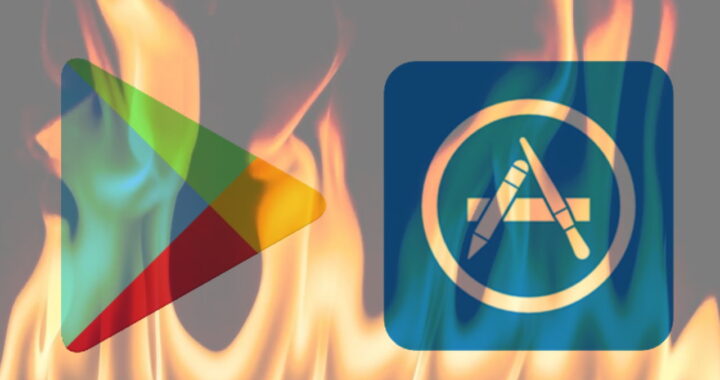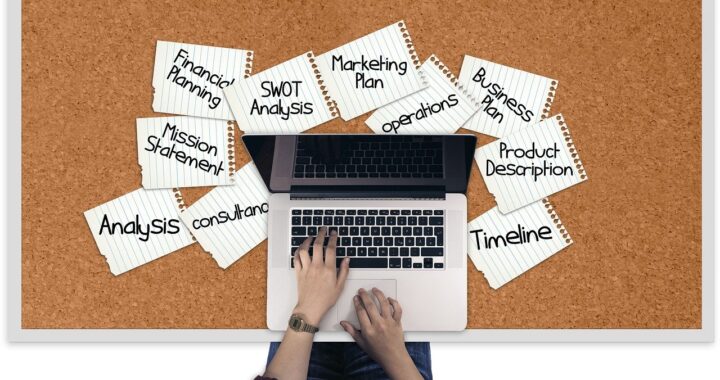Back in the day, the apps I wrote were distributed very differently than they are now. Our little early-90s startup made applications for Windows (Version 3! In color!) and there was a whole department dedicated to copying the disks, adding labels, packaging, and getting them to the distributor so that, within a few weeks at least, they’d be available for purchase at your local Babbages.
Obviously, in many ways it’s much easier now to get your application to the people who need it: with a bit of luck, an app I wrote this afternoon could be on millions of people’s phones by this evening. And if you’re working directly with your users — say, if they’re participants in a study — you don’t even need to guide them through the install process. By now, pretty much everyone with a smart phone knows how to download and install apps from the app store.
As is often the case, though, the new way of doing things introduced new problems as well. In the US and much of the western world, Google and Apple are an app marketplace duopoly. And sadly, they are also a prime example of what makes lack of competition so problematic.
Apple’s App Store
When we set up app delivery schedules with our partners, we are always careful to leave a week or so between “the app is fully tested and ready to go” and “your users can install the app from Apple’s App Store”. Invariably, when we do this the long hours we’ve all worked to get the app finished with an extra week left in the schedule are moot and the app is approved and launched within 24 hours. Unless we don’t build in the extra week and attempt to launch with just a day remaining; in that case the approval process does take a week and our deadline is missed.
As you can imagine, this is deeply frustrating to everyone, but there’s no way around it: the ways of the App Store are beyond the ken of us mortal folk. Apps can be rejected for the flimsiest of reasons; more than once we’ve had apps rejected simply because the reviewer didn’t bother to read the explanatory notes we included in our submission. And the appeal process is just as arbitrary. I don’t believe we’ve ever actually gotten a response to an appeal; the app just gets approved without comment.
We make all of this as clear as possible to our partners, and over the years we’ve developed a number of little tricks that can approve our chances. But if you want your app to be publicly available on the Apple App Store, you have to accept the fact that distribution is essentially out of your control.
The Google Play Store
Historically, Google’s Play Store has been just as opaque, but at least a bit quicker to approve apps. Google’s app submission process is far more automated than Apple’s, which means the expected delay between finishing your app and getting it out to your users will generally be a matter of hours rather than days.
This may be changing though, since Google has come under fire for letting too many malicious apps slip through their submission process. In particular, apps designed for children are now being reviewed by human reviewers and may take longer to get into the Play Store. Or so we assume; again, the process itself is a black box.
Making It All Work
Despite these issues, if I were given an option, I wouldn’t return to the days of loading an app from a series of sequentially numbered floppy disks. The submission process can go smoothly and even quickly, but you must allow for the possibility that things may go slowly or flat-out wrong. And it never hurts to keep your fingers crossed…


